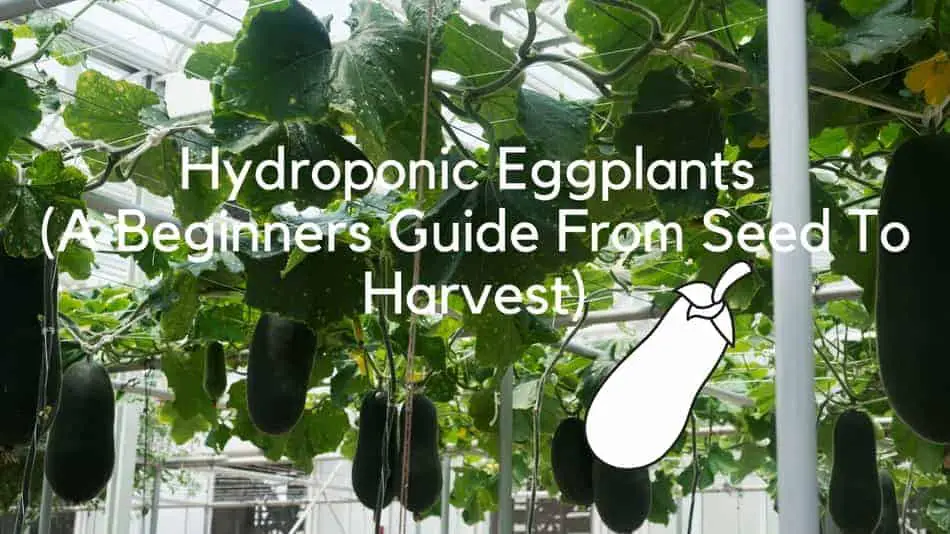Since a lot of people have been lately looking for new and unusual plants to grow using a hydroponics system, hydroponic eggplants were one of these plants. They are great fruits that almost every house use in their daily meals. It made me wonder, is it possible to grow hydroponic eggplants?
So, is it possible to grow hydroponic eggplants? Yes, there is no problem at all in growing eggplants using hydroponics. In fact, by combining the use of hydroponic systems and LED growing lights, the growth of eggplants will be more compared to eggplants in soil.
If lately, you have been thinking about trying to grow new uncommon hydroponic plants, then I would like to congratulate you, you have just landed on the right post.
I have been overthinking lately about trying new crops such as eggplants. I have written several posts about hydroponic apple trees, hydroponic oranges, and even bonsai trees. So I decided to give the hydroponic eggplants a try.

In this post, you will know everything about how to grow an eggplant using a hydroponic system and growing lights. Some conditions and methods might be new for you to know if your past experience only involved growing leafy greens, so, stay with me till the end of this post.
Hydroponic eggplants are not that difficult to grow. But they are not as easy as it was when you were growing lettuce. Eggplants are fruitful trees that require patience and attention, but in the end, it will give you the fresh eggplant harvest that you have been dreaming about.
Which Eggplant varieties do I grow Hydroponically?
There are too many eggplant tree varieties out there. Most of them are great, but not all of them can be grown indoors using hydroponics. Factors like the tree size, fruit shape, adaptability, and virus resistance can all be determined using the original tree variety.

Hydroponic Eggplant Varieties
Black Beauty
This is one of the most commonly grown eggplant varieties indoors. It grows and reaches a height of 30 inches. One of the reasons that black beauty got recommended to a lot of beginners is its ability to adapt to different conditions.
In the beginning, not everything will go as planned, so you will need a tree variety that can withstand several conditions changes in order to survive the harvest stage.
The black beauty is an open-pollination variety, which we will talk about later in this post. When the pollination process is done successfully, it produces an average of up to 6 fruits per tree.
Dusky
The Dusky is a relatively longer tree. It could reach up to 36 inches tall. The Dusky fruits are long shaped with 8 inches in length. It is characterized by producing a high yield.
One of the most favorable features of the Dusky eggplant is its virus resistance. It is resistant to the tobacco mosaic virus which is one of the most common infections in eggplant trees.
You don’t have to worry about virus infections as long as the tree is grown indoors, but once you have started thinking about growing hydroponic eggplants outdoor, you have to take this into consideration
Early Bird
As I have mentioned before in many articles, hydroponic growers like to see the results of their hard work and patience as fast as possible. If you want to see early successes in this journey of growing hydroponic eggplants, you should give the early bird a shot.
Imperial Black Beauty
The imperial black beauty is considered one of the shortest eggplant trees. As a result, most people have chosen to grow it hydroponically due to its short height that allows it to be easily placed indoor.
The plant is an open pollination variety that produces up to 4 large fruits per harvest. Moreover, it is resistant to the tobacco mosaic virus as well.
Easter Egg
As the name tells, this eggplant tree produces fruits the size of an Easter egg. Its main problem is the tree size. The tree is well-branched and can reach up to 32 inches high. The Easter egg is an open pollination tree.
After selecting the appropriate eggplant variety, you have got to know the conditions at which eggplants thrive.
What Are The Growing Conditions Of Eggplants In Hydroponics?
Despite that there are several eggplant varieties, growing conditions are the same. You have to mimic the environmental conditions that the eggplant tree tended to thrive at in order to produce maximum results.
Temperature
The temperature of growing an eggplant tree varies according to the growth stage. During the seed stage, the desired temperature is between 70°F to 90°F. When the plant reaches the vegetative and flowering stage, the required temperature ranges from 75°F to 85°F.

As it looks like, growing an eggplant requires some changes in the temperature according to the stage that the plant is in. So, it would be wise to invest in a heater to be able to set the temperature to its optimum degrees.
There are some temperature extremes that the eggplant tree shouldn’t reach. Temperatures tend to drop at night, make sure that it never gets below 65°F. Moreover, reaching a temperature of 95°F can become fatal for your eggplant tree; all of the fruiting will stop immediately.
Growing lights
Almost every hydroponic system use grow lights to maximize the results. Eggplant trees will require a period of 8 to 10 hours of getting exposed to grow lights. LED growing lights will be your best and most cost-effective option.
You have to keep in mind that growing lights produce heat which might affect your eggplant tree if the temperature exceeded the limits.
Try using peripheral grow lights as your tree grow. When your tree gets bigger and more branched, the light becomes more difficult to reach certain parts of the plant. This problem cannot be solved using only an overhead grow light, so peripheral lights are required to prevent stunting the plant’s growth.
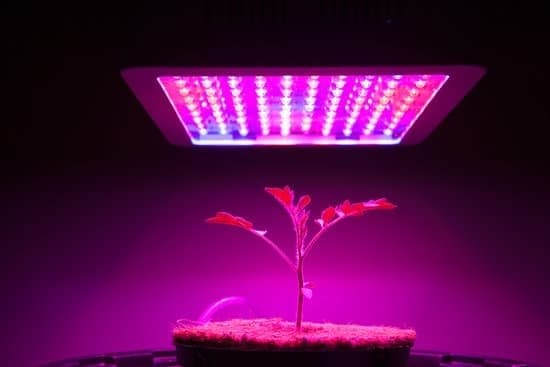
Before buying grow lights for your eggplant, you must know how to select an LED growing light with the proper power consumption.
I have written an article before about all the aspects of hydroponic growing lights, including how to select the appropriate unit and how to save up on the monthly electricity bills, so check it out.
Nutrient Solution
I have said it in many articles before, and I will keep saying it, the most critical part of setting up a nutrient solution is its height. You cant be a hydroponic grower that doesn’t know how to set up the height of your nutrient solution properly.
Check this post where I go into detail on how to set the level of your nutrient solution inside the system.
The ph level of the nutrient solution should be around 5.5 to 6. Moreover, the ppm should be in the range of 1750 to 2400.
Growing eggplants in a hydroponic system indoors will save a lot of water. When eggplants used to be grown outside, the tree must be watered nearly every day to maximize growth, but when using indoor hydroponics, water consumption decreases significantly.
So, you will only need to check the nutrient solution every couple of days and top it off with water. It will usually take between 30 to 60 days for ph to increase so that a full nutrient solution change is required.

But don’t forget that how often you will need a full nutrient solution change depends heavily on the size of your container and the tree. I would suggest starting growing your eggplant tree in a 30-liter container, and remember, as your nutrient solution container increase in size, the growth of your tree will increase.
Humidity
Humidity is a crucial factor to control. Eggplant trees need to be placed in a humidity of 50% to 65%.
The humidity of an indoor hydroponic indoor plant might not get affected as frequently as trees grew outside. As long as the air conditioning is on and functioning well, there is nothing to be worried about.
However, some days might have less humidity than others, so you will need to add an extra hand. Just make sure to keep a water spray ready anytime the humidity falls below the required levels.
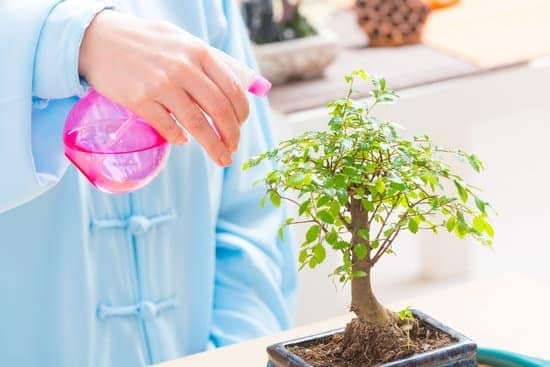
Now that you know the optimum conditions at which your hydroponic eggplant thrive, it is time to know about how long does it take for an eggplant tree to grow and reach the pollination stage.
How Long Does It Take For A Hydroponic Eggplant Tree To Reach The Harvest Stage?
Before starting to grow an eggplant tree in your hydroponic system, you need to have a crucial aspect in your personality, which is patience. Trees take a considerably long time to grow to reach the harvest stage.
From Seed To Harvest
An average hydroponic apple tree could take a minimum of 6 years to grow from the seed to harvest. Lucky for us, eggplants don’t take that long. In fact, it can take an eggplant an average of 2 years to reach the harvest stage. But still, when compared to the 50 days of romaine lettuce heads, it is considered a relatively long time.
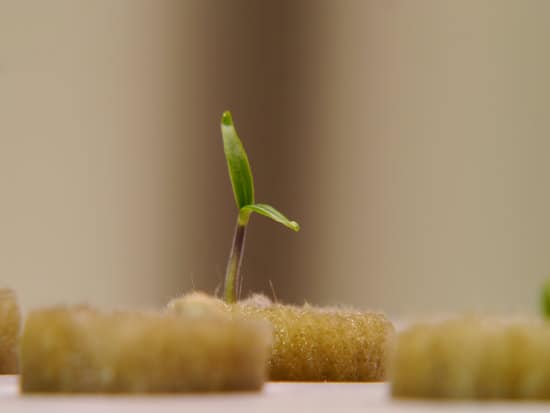
We have to admit that using hydroponics tends to increase the overall growth when compared to eggplants grown in soil. However, this difference could account for up to a 30% increase in growth, which is not that significant to shorten the growing period of the tree.
Grafting
I don’t want you to get disappointed after knowing that your first harvest can take up to 2 years to reach. Actually, I do have some good news for you, the growing period to reach the harvest stage can be dramatically decreased using a method called grafting.
Grafting tends to cut the required time to reach the harvest stage by nearly half. so, if you don’t want to stay 2 years for the first harvest, screw growing your tree from the seed stage and start out by using the grafting technique.
The grafting technique is when you connect a cutting from the eggplant variety of your choice to an already grown rootstock. The cutting and the rootstock heal together and form an eggplant that will take a short period of time to grow and reach the harvest stage.
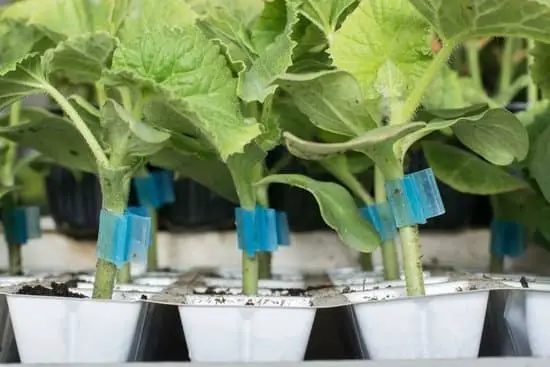
The rootstock can be bought from any local nursery and transplanted to the hydroponic system easily. by using this method, you don’t have to wait all of this period to get your first harvest.
In the end, grafting is the same process in all trees and I have explained in detail how can you use the grafting method on an apple tree in this article, so go check it out.
So, your eggplant tree has thrived in the hydroponic system and it is now a matter of a few months before getting the eggplants that you have been wanting for a long time. This is the time where the pollination’s role comes.
The Pollination Of Hydroponic Eggplants
Eggplants are open pollination trees. Open pollination means that the tree depends on external conditions by the nature to transfer pollen grains from one flower to the stigma of another.
These external conditions can be anything from wind, bees, and birds to even human hands. As we all know, almost all of these external conditions are eliminated when we grow an eggplant tree in an indoor hydroponic system.
So, you have to assist in the pollination process yourself to make sure that your eggplant tree will bear fruits successfully at the end of this growth journey. There are several ways to help in your hydroponic eggplant pollination.
Artificial Wind
Wind is used to transfer pollen grains between flowers easily, without the interference of any living creature. But unfortunately, the wind got eliminated the minute we moved our hydroponic system indoors.
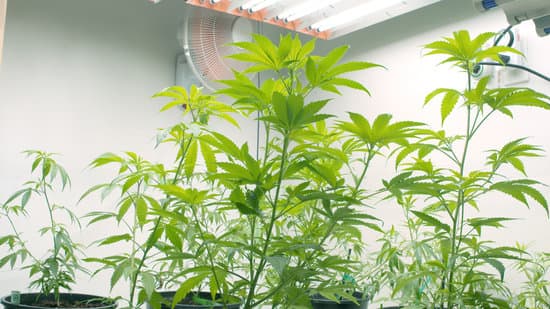
So, an artificial wind must be created for the pollen grains to be transferred. It can be done easily by just leaving a fan running in your indoor growing system.
Artificial Bee
The vibrations that bees tended to produce back in open fields stimulate flowers to produce more pollen grains. An artificial bee produces the same kind of vibrations as bees.
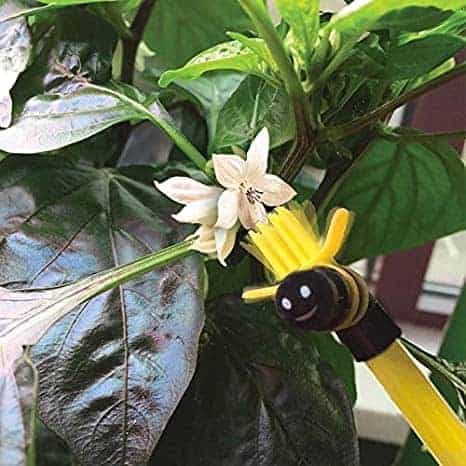
So, the increase of pollen grains release tends to improve the chances of successful pollination dramatically.
Cotton swabs
The transfer of pollen grains between flowers can be done manually by hand as well. By using simple items like cotton swabs and a paintbrush.

I have gone into details about the pollination types and how to pollinate indoor hydroponic trees in a previous article, go check it out.

